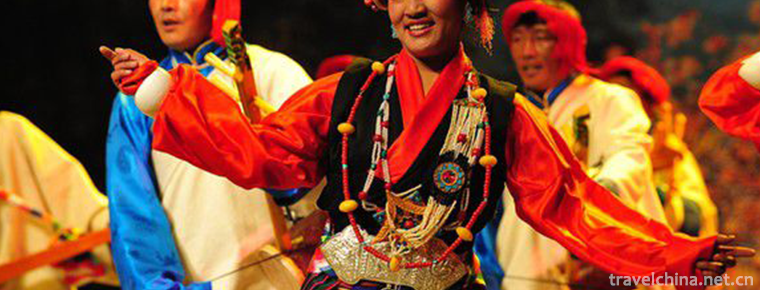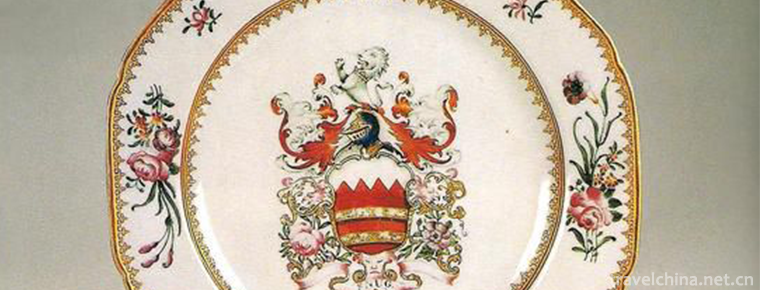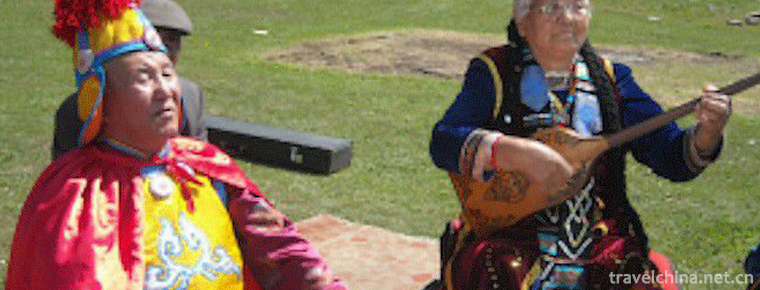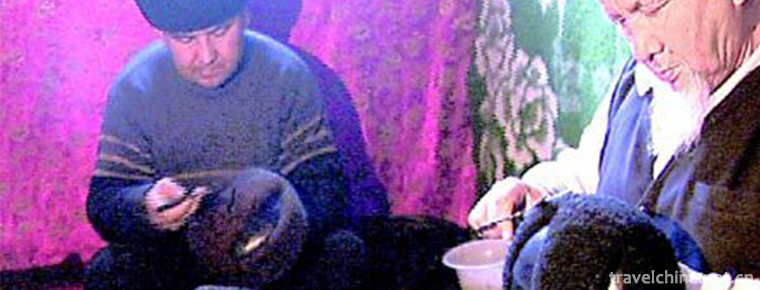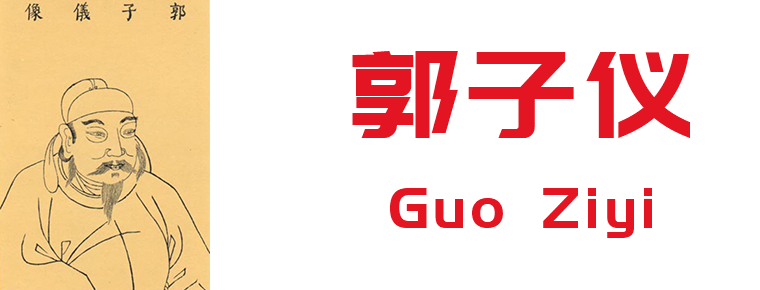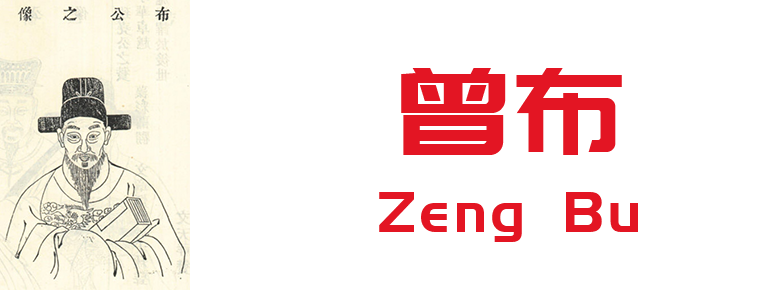Shanshan guild hall
Shanshan guild hall
Shanxi-Shaanxi Guild Hall is the place where Shanxi and Shaanxi merchants and businessmen associate with each other and worship gods. It combines exquisite architectural structure and exquisite sculpture art, fully demonstrates the wisdom and talent of the local working people in ancient times, and is a masterpiece of traditional palace architecture in ancient China. In the Ming and Qing Dynasties, Shaanxi and Shanxi formed two well-known commercial groups, Shanxi and Qin merchants. Shanxi and Shaanxi, separated by a river, have had a good story of Qin and Jin Dynasty since ancient times. At that time, Shanxi and Shaanxi businessmen, in order to confront the needs of Huizhou businessmen and other businessmen, often used the good neighboring provinces to combine with each other. People usually called them "Western businessmen". After the combination of Shanxi and Shanxi merchants, Shanxi and Shanxi Guild Halls (also known as Western Chambers of Commerce) have been built in many cities and towns, forming a strong force. The famous Shan-Shan Guild Hall includes the Shan-Shan Guild Hall of the Social Banner and the Shan-Shan Guild Hall of Liaocheng, among which the Shan-Shan Guild Hall of the Social Banner of Henan Province is known as the "First Guild Hall of China" and has now become a cultural tourism resource.
Overview
The main functions of Shan-Shan Guild Hall are as follows: it unites the businessmen in Qin and Jin Dynasties and many traders, and plays an active role in the exchange of business information, safeguarding the interests of fellow countrymen and businessmen, and mediating commercial disputes. Over the past five centuries, Shanxi and Shaanxi merchants have developed from salt industry to cotton, cloth, grain, oil, tea, medicinal materials, fur, finance and other industries. Shanxi and Shaanxi merchants, relying on their homeland, have expanded to key customs towns and commercial cities all over the country, starting from inland trade, until expanding trade to neighboring countries such as Mongolia, Russia and Korea. The trade activities of Shanxi and Shaanxi businessmen greatly enriched the commercial culture of ancient China and pushed China's commercial operation to a new height. Shanxi and Shaanxi businessmen in the Ming and Qing Dynasties pushed the history, wisdom and art of Shanxi and Shaanxi's business to the extreme. Shanxi and Shaanxi businessmen'great courage, long footprint and huge wealth made the world recognize the historical fact that "no business without west".
Among many Shanxi and Shaanxi guildhalls throughout the country, some are also called "Western Chamber of Commerce", others are called Shaanxi Guildhall or Western Qin Guildhall. Especially in Yun-Gui-Chuan area, because of the monopoly of Shaanxi Commercial Band's economy in Ming and Qing Dynasties, many guildhalls were preserved in the area, such as Chengdu, Chongqing and other central busy streets, which were named "Shaanxi Street" and "Shaanxi Road" because of the guildhalls.
Practical information
Opening Hours
Summer: 8:00-18:00 Winter: 8:00-17:30
Ticket Price
Tickets are 40 yuan per person and half-price is 20 yuan per person.
(1) Active servicemen, revolutionary disabled servicemen, disabled persons and the elderly over 60 years of age are exempted from admission tickets with their valid certificates.
(2) An escort with visual, intellectual and first-class and second-class physical disabilities is exempted from admission tickets.
(3) Full-time school students are exempted from admission tickets by half-ticket on the basis of valid certificates, and children under 1.4 meters are exempted from admission tickets.
(4) Tickets are exempted from holding valid credentials issued by the General Administration of Information.
(5) A tour guide or a driver with a tour guide's certificate is exempt from admission tickets.
Suggest playing
Recommendation 2-3 hours
Best season
Four seasons are all acceptable.
Traffic information
Take the shuttle bus from Nanyang Bus Station to Sheqi, get off and walk for 10 minutes.



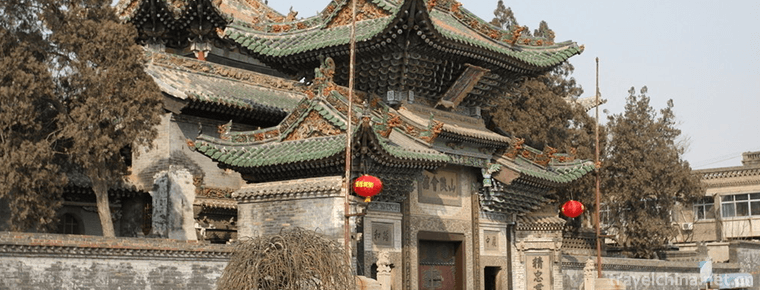
-
Bayanbulak Grassland
Bayinbrook grassland: formerly known as Yuledus grassland, Zhuledus grassland, Yuludus grassland, because it is mainly located in Xinjiang Bayinguoling Mongolian Autonomous Prefecture and the northwes.
Views: 124 Time 2018-12-12 -
Zhijin cave
Zhijin Cave, located in Guanzhai Miao Township, Zhijin County, Guizhou Province, is located on the South Bank of Liuchong River, one of the sources of Wujiang River, 120 kilometers away from Guiyang, .
Views: 139 Time 2019-03-18 -
Definite day harmonics
Dingriluo Harmony Dingriluo Harmony, the second batch of national intangible cultural heritage list of the People's Republic of China. It is the main form of folk singing and dancing in Dingri County.
Views: 185 Time 2019-04-27 -
Firing Techniques of Guangcai Porcelain
Guangcai Porcelain Firing Technology, a local traditional handicraft in Guangzhou, Guangdong Province, is one of the national intangible cultural heritages..
Views: 85 Time 2019-05-01 -
Mongolian Topshore Music
Topshore is a unique short-necked woody plucked string instrument of Mongolian nationality in Xinjiang. It is beautiful in shape, simple in manufacture, graceful in timbre and easy to carry. It is esp.
Views: 329 Time 2019-06-04 -
Legend of Su Dongpo
The legend of Su Dongpo is a group of traditional folklore stories evolved from the story of Su Shi, a great writer in the Northern Song Dynasty..
Views: 154 Time 2019-06-16 -
Uygur Karakul fetus
There is a folk song "Turpan grape Hami melon, turtle's lamb a flower". Shaya Uygur Hatters use local lamb skin to make various hats, such as Duhuawa, Wuniqie and Dulikun, for people to buy..
Views: 188 Time 2019-06-26 -
Guo Ziyi
Guo Ziyi (697 - 781 years), Zi Zi Yi, Iowa Zheng county (now Shaanxi) Weinan city Hua Zhou District ) People. The famous Tang Dynasty Politician , Militarist.
Views: 243 Time 2019-09-07 -
Zeng Bu
Zeng bu (November 3, 1036 - August 21, 1107), Zi Zi Xuan, Tai Chang, son of Yi Zeng, brother Zeng Gong of Zhong Shu Shu, the Prime Minister of the Northern Song Dynasty, and the important supporter of.
Views: 142 Time 2019-09-15 -
Hunter peak
Hunter peak is located in the Shuangqiao gully of Siguniang mountain, with an altitude of 5360 meters and adjacent to Jianzi mountain. The two peaks stand shoulder to shoulder, with a huge stone pillar in the middle.
Views: 231 Time 2020-11-05 -
Suining tertiary industry
In 2019, Suining achieved a total retail sales of consumer goods of 63.191 billion yuan, an increase of 10.7% over the previous year. In terms of business location, retail sales in urban areas reached 46.171 billion yuan, an increase of 10.7%; in rural areas.
Views: 340 Time 2020-12-16 -
Leshan medical and health
By the end of 2018, Leshan City had 3259 health institutions (including village clinics). Among them, there are 102 hospitals, 207 health centers, 12 maternal and child health centers (stations, stations), 12 centers for Disease Control and prevention, 12 health .
Views: 330 Time 2020-12-17


